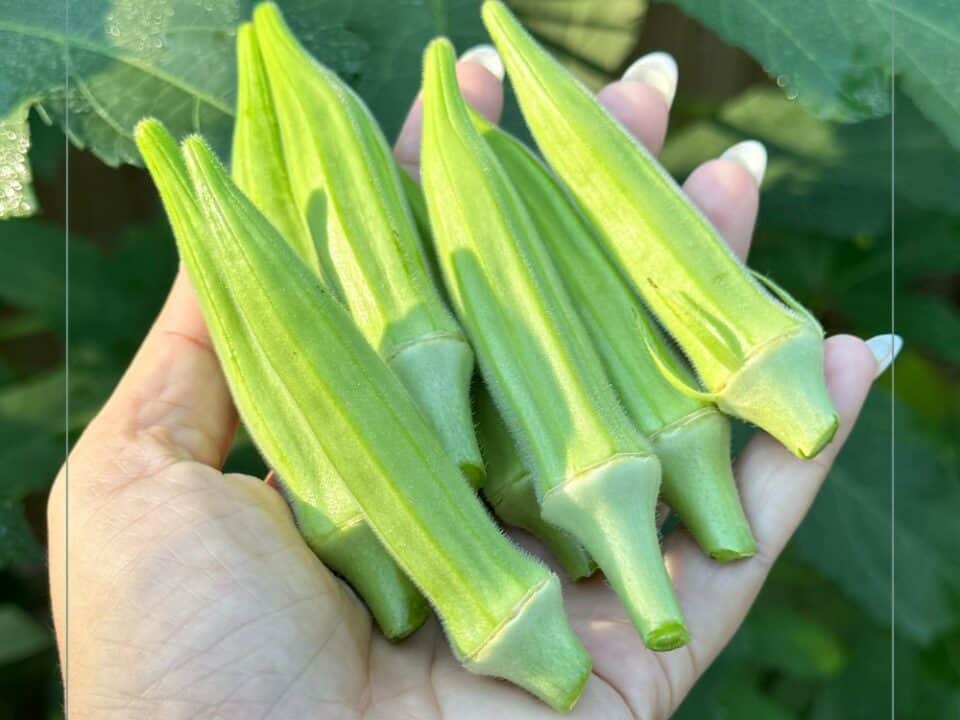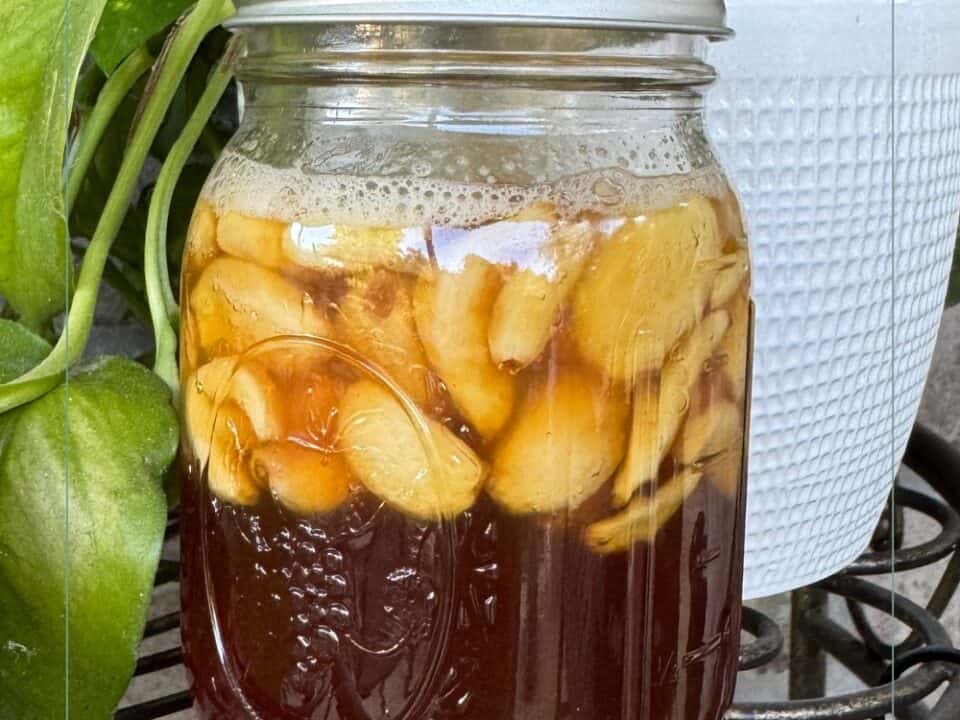How To Begin Slowsteading
Slowsteading is more than just a trendy buzzword. It's a way of life that merges the best of slow living and homesteading, inviting you to embrace a simpler, more intentional existence. It’s about choosing to grow your food, cut back on overconsumption, and make time for the things that truly matter. Whether you're looking to live more sustainably or simply want to create a peaceful refuge from the chaos of modern life, slowsteading can help you get there.
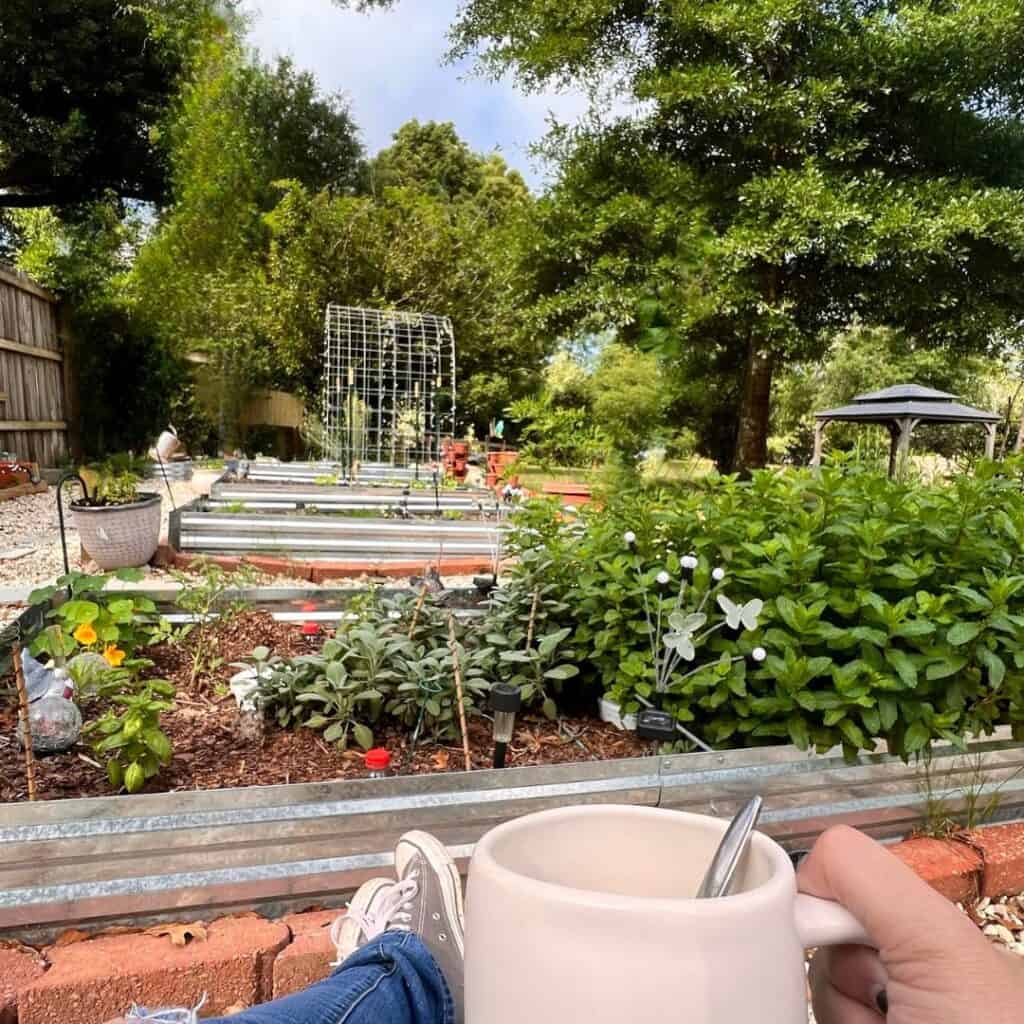
Start With Gardening
Gardening is at the heart of slowsteading. It’s an activity that brings you closer to the earth, teaches patience, and delivers tangible rewards like fresh vegetables, tasty herbs, and even vibrant flowers that brighten your day. You don’t need acres of land to get started; a small garden bed or even a few pots in a sunny window will do.
Begin by growing the basics: tomatoes, lettuce, and herbs like basil or parsley. These are easy to manage and provide a quick sense of accomplishment. If you're feeling adventurous, try planting root vegetables like carrots or radishes. Gardening isn’t just about food; it’s also a practice in mindfulness. Digging your hands into the soil, watering plants, and watching them grow can be incredibly grounding.
As your skills grow, consider expanding your garden to include fruit trees or a small greenhouse. The goal isn’t perfection but progress—learning how to nurture life and enjoy the process.
Embrace Underconsumption
One of the guiding principles of slowsteading is underconsumption. Consuming less and making the most of what you already have. It’s about shifting your mindset from “more is better” to “less is more.” This doesn’t mean depriving yourself; it means being intentional with your choices.
Start by taking inventory of what you already own. Do you really need that new gadget, or can you make do with what you have? Learning to repair broken items instead of replacing them is a fantastic way to practice underconsumption. From mending clothes to fixing furniture, these small actions add up to a significant impact over time.
Underconsumption also ties into reducing food waste. Plan your meals, use leftovers creatively, and preserve surplus produce from your garden. Freezing, pickling, and fermenting are all excellent skills to learn as a slowsteader.
Discover the Joy of Thrifting
Thrifting is a cornerstone of the slowsteading lifestyle. It’s sustainable, budget-friendly, and often filled with delightful surprises. Shopping secondhand isn’t just about saving money; it’s a way to reduce waste and give new life to items that might otherwise be discarded.
Whether you’re searching for furniture, clothing, or kitchen tools, thrift stores, flea markets, and online marketplaces like Facebook Marketplace or eBay are treasure troves. A gently used cast-iron skillet or a hand-knitted sweater not only serves its purpose but also comes with a story and a charm that mass-produced items often lack.
Make thrifting an adventure. Take your time, and don’t be afraid to get creative. That worn wooden chair? With a little sanding and a fresh coat of paint, it could be your favorite new piece of furniture. The beauty of thrifting is in the hunt and the sense of satisfaction that comes with finding something truly unique.
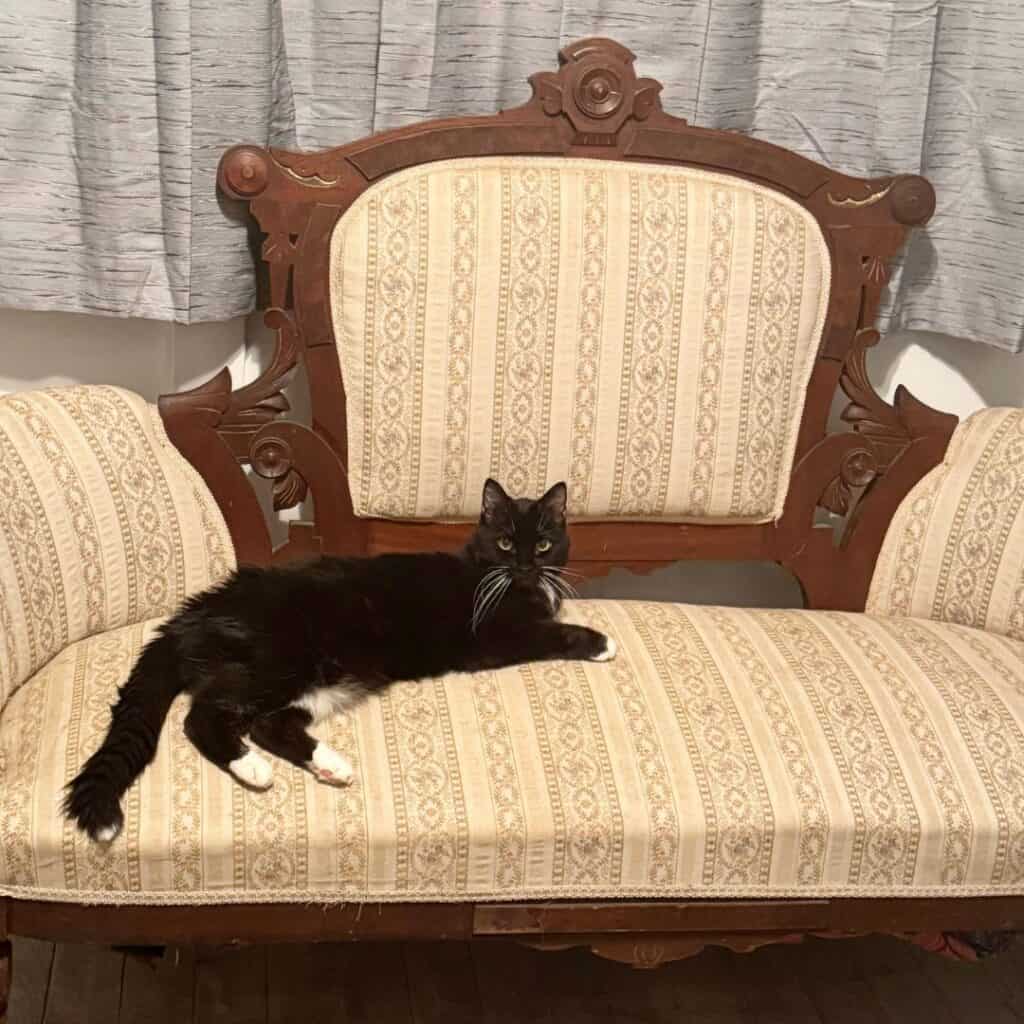
Bake Your Own Bread (Especially Sourdough!)
If you’ve ever wanted to slow down and savor life’s simple pleasures, baking sourdough bread is a perfect place to start. The process is as much about the journey as the destination. From nurturing your sourdough starter to kneading the dough and waiting patiently for it to rise, baking bread teaches you to appreciate the art of making something from scratch.
Sourdough is particularly special. It’s made using natural fermentation, which not only enhances its flavor but also makes it easier to digest. To get started, you’ll need just three basic ingredients: flour, water, and salt. Over time, as you refine your technique, you can experiment with different flours, seeds, or add-ins like dried fruit or nuts.
Baking bread isn’t just about food; it’s about connection. Sharing a loaf with family, neighbors, or friends builds community and reminds us of the importance of breaking bread together.
Practice Slow Living
At its core, slowsteading is an extension of slow living – the art of living deliberately and savoring the moment. It’s about finding joy in the small, everyday tasks that might otherwise go unnoticed.
Create a daily routine that prioritizes mindfulness. Brew your coffee slowly in the morning. Take a walk and notice the changing seasons. Turn off your phone and immerse yourself in a good book or a craft project. These simple acts can help you feel more grounded and connected to the world around you.
Slow living also means reevaluating your priorities. What truly matters to you? Whether it’s spending more time with loved ones, pursuing a creative hobby, or reducing your environmental footprint, slow living encourages you to focus on what brings you joy and fulfillment.
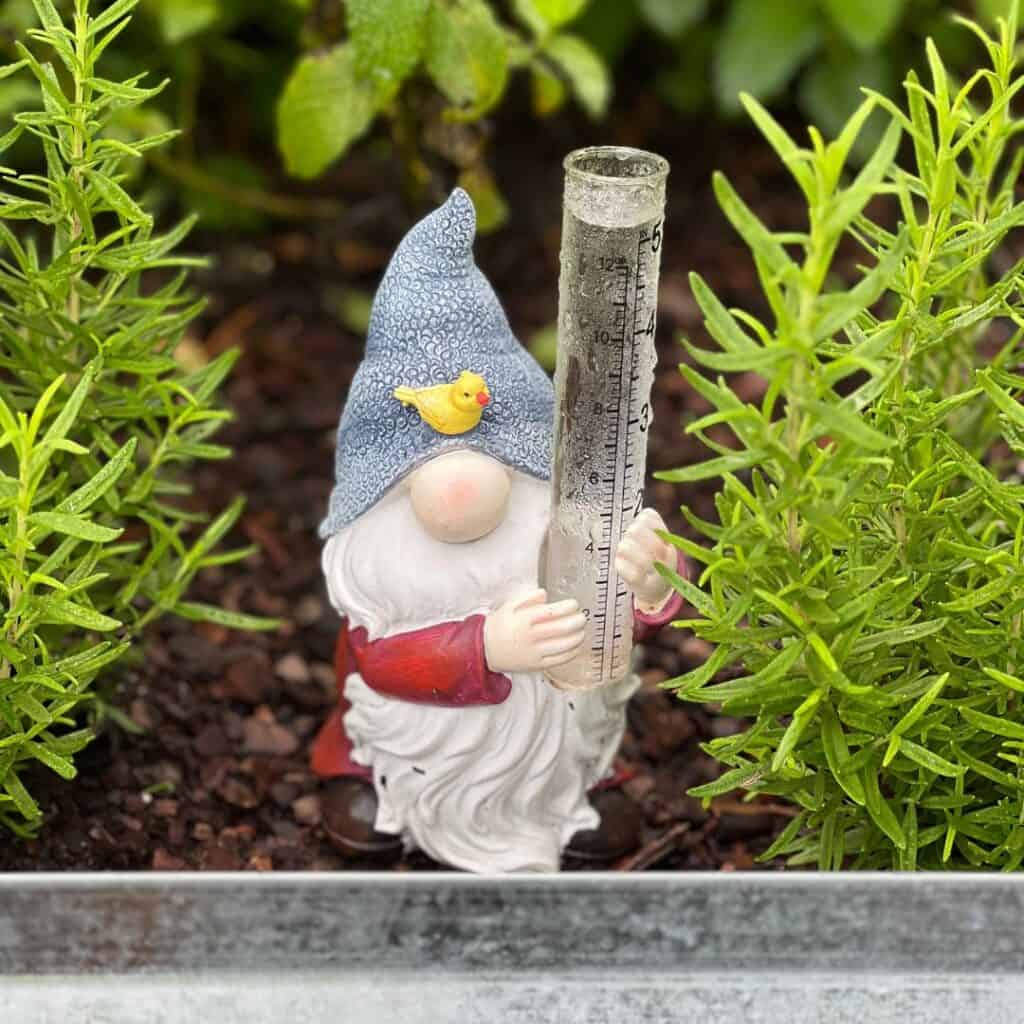
Build a Community
While slowsteading may feel like a solitary pursuit, it doesn’t have to be. Building a community of like-minded individuals can enrich your journey. Share gardening tips with neighbors, swap sourdough starter with friends, or organize a thrifting outing with your local community group.
Social media also offers ways to connect with others who share your interests. From slow living forums on Reddit to Instagram accounts dedicated to gardening or sourdough baking (like ours! @thepaulinemanor), you’ll find inspiration and camaraderie in abundance.
Community doesn’t just mean people, though. It’s about cultivating a sense of belonging in your immediate surroundings. Planting native flowers to attract pollinators, creating a bird-friendly yard, or volunteering at a local farm are all ways to foster connection within your environment.
Start Small and Stay Consistent
The beauty of slowsteading is that it’s not a race. You don’t need to overhaul your entire life overnight. Start with one or two practices that resonate with you, whether it’s planting a few herbs, thrifting for your next home project, or baking your first loaf of sourdough.
Consistency is key. Each small step you take builds on the last, creating a lifestyle that feels authentic and sustainable. As you embrace the principles of slow living, underconsumption, and intentionality, you’ll find that slowsteading becomes second nature.
Conclusion
Slowsteading is a journey back to basics, a way to reconnect with the rhythms of nature and the joys of simple living. By incorporating practices like gardening, underconsumption, thrifting, sourdough baking, and slow living, you can create a life that’s rich in meaning and satisfaction. It’s not about doing it all perfectly; it’s about doing what feels right for you.


